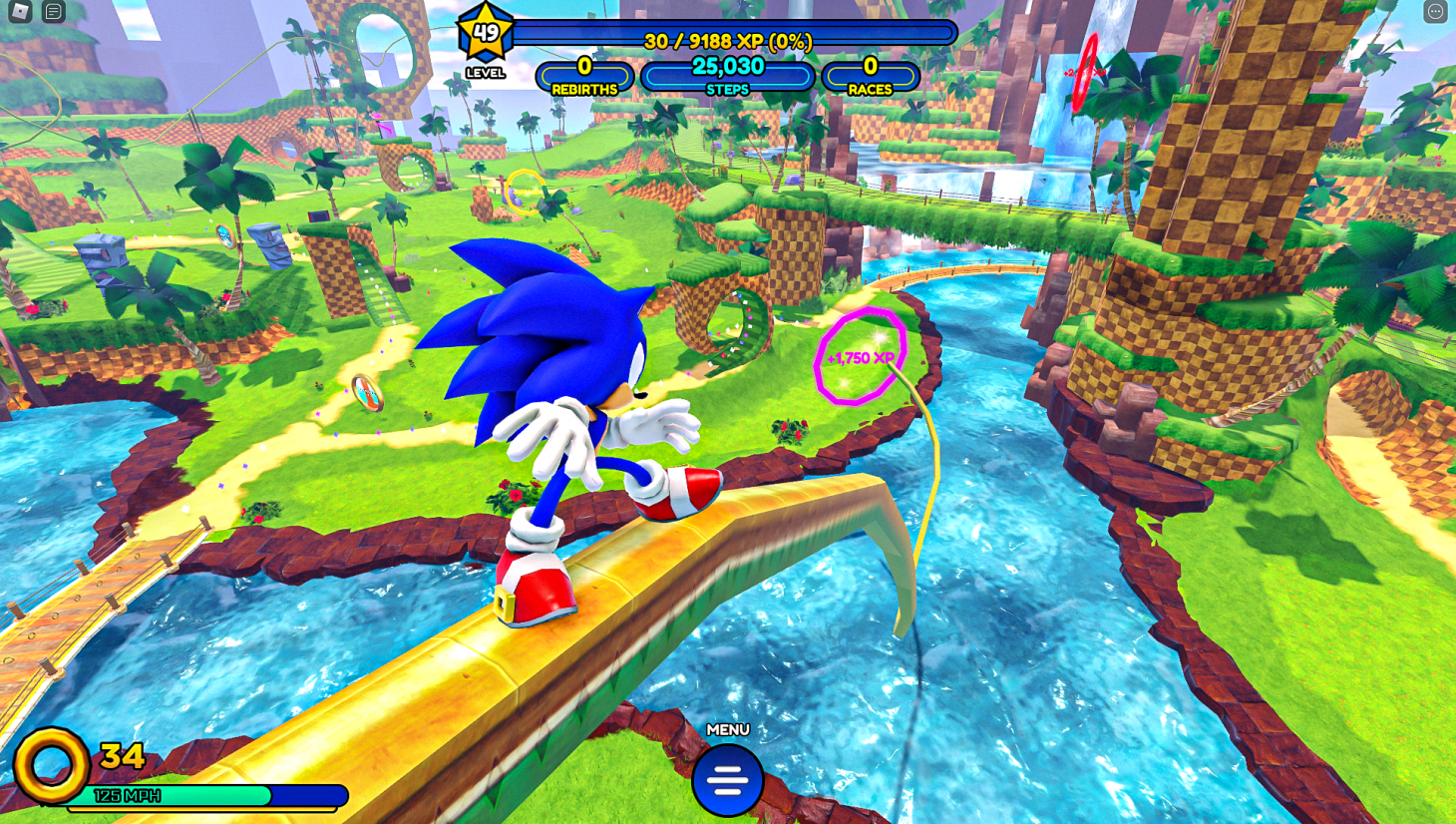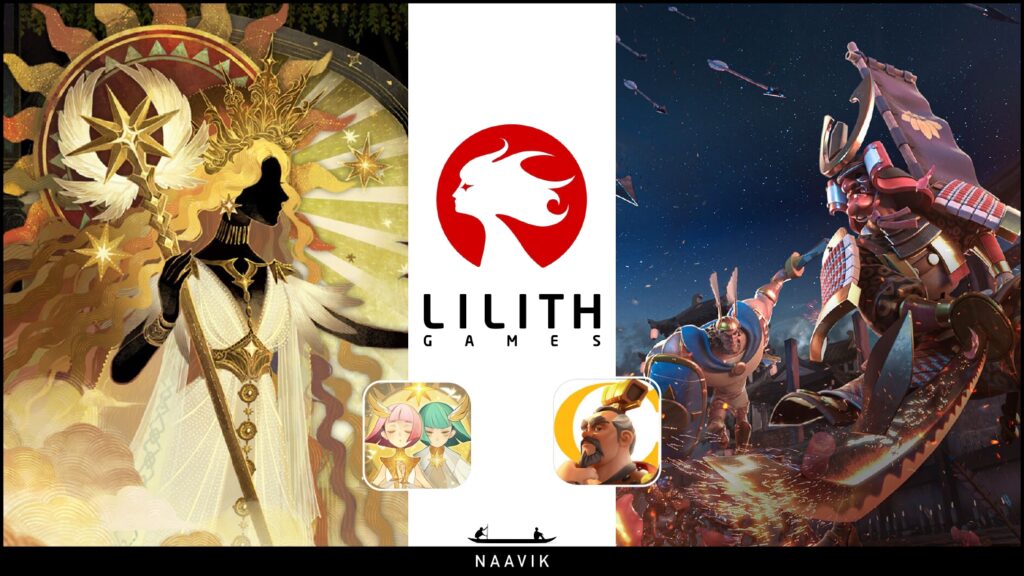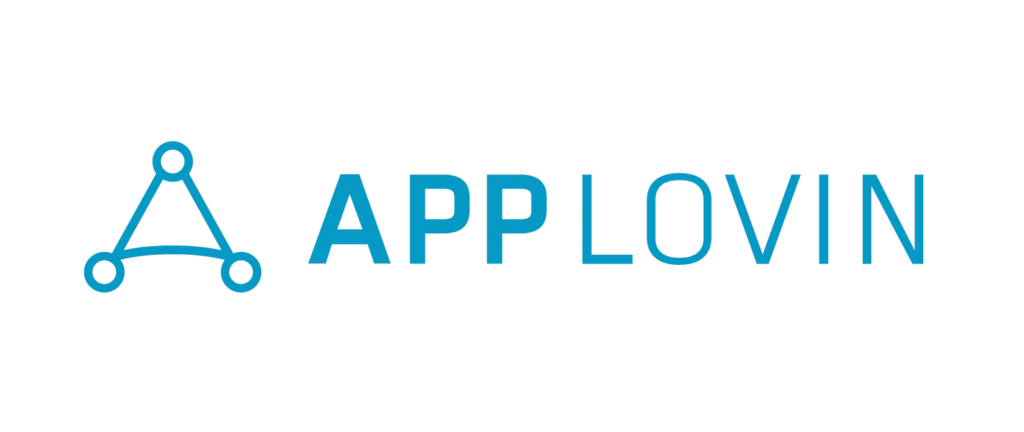Hi Everyone. If you’ve been enjoying Naavik Digest, consider forwarding this newsletter to a friend, colleague, or sharing on social media. Also, be sure to check out Naavik Pro, our premium research subscription offering focused on F2P and Blockchain Games. We preview our recent game deconstruction of Loot in this edition. Every month, we send out 8 weekly updates, 8 research essays and 4 game deconstructs — all equally split between blockchain and F2P games. Sign up today and don’t miss out!
Crypto Corner: The Future of Axie Infinity with Philip La, Game Lead at Sky Mavis
In this week’s Crypto Corner episode, Philip La, Game Product Lead at Sky Mavis, the makers of Axie Infinity joins your host Nico Vereecke today to discuss all things Blockchain Gaming. The duo discusses:
-
What makes Axie Infinity special
-
Axie Origin
-
Axie Land Gameplay
-
The future of Play-to-Earn
As always, you can find us on YouTube, Spotify, Apple Podcasts, Google Podcasts, YouTube, our website, or anywhere else you listen to podcasts. Also, remember to shoot us any questions here.
#1: Legacy IPs Grow Their Love on Roblox
Source: Game Informer
A couple weeks ago, I wrote about how LEGO was making a $1 billion investment in Epic to build a kid-friendly UGC metaverse, citing the ease with which global marketing moments can be created on a platform like Roblox. This was a key reason for the investment. Since that announcement, several character-based IPs have announced forays into Roblox’s UGC metaverse, building spaces and experiences for players across the globe to engage with their characters and content. Mattel, in partnership with Gamefam, launched a He-Man battle arena game, and Sanrio, in partnership with Rock Panda, launched a Hello Kitty restaurant game.
The biggest hit, however, was Sega launching Sonic Speed Simulator in partnership with developer Gamefam. This partnership reported 100K+ concurrent players and 15M+ visitors in a matter of days. This success and the increasing number of partnership forays into Roblox game launches speak to the confluence of two trends we’re seeing in the space: the evolution of Transmedia and Nostalgia.
Roblox is a New Strategy in the Transmedia Playbook
For many companies, a partnership with Roblox is an extension of the same playbook that IPs have used for the last decades. IP licensing allows IP owners to take what is traditionally a marketing expense and turn it into an incremental revenue source via outsourced movies, tv shows, toys, games, apparel and experiences like amusement parks.
Matthew Ball has a breakdown of this transmedia playbook for entertainment companies, which he boils down to:
-
Creating/telling stories
-
Growing love and
-
Monetizing that love
According to Ball, gaming is the new frontier to grow IP love. And as part of that frontier, Roblox has become an exciting destination for IPs to target a highly coveted younger demographic: 55 million DAUs and a reported 75% of kids in the U.S. have a Roblox account.
Nostalgia – the legacy of love
For legacy IPs that have faded from the spotlight, growing love in this way is especially opportunistic because Steps 1 and 2 have been done already, albeit with a previous generation of fans. Chief Operating Officer and Head of Business Development at Sanrio (the IP owner of Hello Kitty), Craig Takiguchi, touched on this point in an interview with GamesBeat. “We think this [Roblox game] can serve to kind of bring the two generations together in ways that can be very meaningful, and hopefully use that as a platform to cross-generationally build relationships again.” Thus, legacy IPs whose heydays are behind them are seeing a moment to grow love with the next generation of fans through the ultimate purchaser: nostalgic parents.
Legacy IPs and Roblox — a perfect match
A legacy IP like Sonic the Hedgehog endeavoring into Roblox is particularly illustrative of the Roblox opportunity given that it is a gaming-native IP with an important launch later this year. Sonic Frontiers is Sega’s latest iteration on the hit franchise that is slated to release by the holidays and will be the blue hedgehog’s first feature in an open-world game. While the quality of the game will ultimately be the largest success factor, Sega appears to be taking the approach outlined by Takiguchi above. Sonic the Hedgehog 2 became the highest grossing video game movie in U.S. history this week and I’m willing to bet that the 22 million or so kids who played Sonic on Sega Genesis in the early 90s–and are now nostalgic parents–are a big part of that success. Sega is using Roblox here to compound the love from their new movie. After watching Sonic the Hedgehog 2, kids can eagerly jump into Sonic Speed Simulator with their friends, deepening their engagement and love for the IP. It works by compounding engagement across both.
To give you a sense of dual strategy as a comparison, Sonic The Hedgehog 2 the movie had a $90 million budget. Compare that to the recent Roblox game, which came from GameFam. Now look at the reach: $147 million at a $10 average ticket price for the movie means that it reached roughly 15 million people, which is the same number reported for the Roblox game above. Acknowledging that the quality of the experience from a 120-minute big budget film to a Roblox game with 20-minute play sessions is comparing apples to oranges, it nonetheless illustrates that growing love at scale is far less costly and complex for an IP on Roblox.
Monetizing Love
As for Ball’s third step, monetizing love, that is more likely to occur outside of Roblox. In a statement on TechCrunch last year, Joe Ferencz, the CEO of Gamefam and the creator of Sonic Speed Simulator, disclosed that across their eight games they see six figures monthly revenue (that’s a far cry from Fornite’s $50 million from a single set of skins). While Sonic game sales have never been able to recapture their 90s success, growing the love on Roblox before their next AAA game release is a logical step for a legacy IP. Time will tell if Sega is able to monetize that love this holiday season with Sonic Frontiers.
Conclusion
While Roblox is especially well-suited for legacy character IPs, we are seeing a range of brands looking to Roblox as part of their transmedia strategy. Just this week, Spotify unveiled ‘Spotify Island’, a destination in Roblox where artists will be able to “connect with fans and to partner with Spotify on the creation of in-game virtual merchandise”. There are other Roblox-native studios (among other solo developers) like Voldex, Supersocial, and Infinite Canvas which will likely tackle this space for IP — helping brands experiment with Roblox experiences as it is a relatively low-barrier to entry. The opportunity to grow love with the next generation of consumers is too great to pass up. (Written by David Taylor)
#2: Loot: The Epitome of Composability
Source: LootProject.com
The Loot project is a seminal experiment in composable, bottom-up, community-driven blockchain applications, standing in stark contrast to the centralized, top-down, VC-fueled “gamefi” apps best exemplified by Axie Infinity and The Sandbox.
As we’ve explained in great detail in our previous deconstructions of the latter two games, the eye-popping valuations of “play-to-earn” games were primarily driven by the promise of financial returns for players and investors alike. In-game assets become not just tradeable commodities, but sophisticated financial instruments driving complex economies. These games are sometimes described as “digital nations,” complete with monetary policies, economists, and treasuries that collect taxes to fund further development (when they’re not being raided by North Korea to the tune of $625 million in losses).
The Loot project, both in its presentation and the ethos of its supporters, feels like the polar opposite. Whereas the other projects boast of huge venture capital investments, lavish parties, and celebrity endorsements, Loot quietly launched its foundational assets for free, and its “founder,” Dom Hoffman, exercises no formal control over the project.
As for the assets themselves? They’re basically just text files — a simple list of items that you’d find in a Dungeons and Dragons inspired RPG. Here’s Loot Bag #2157, for example:
Source: Loot Bag #2157
That’s it. That’s a bag of Loot. (Written by Lars Doucet)
📚 Content Worth Consuming
Game Studio Fundraising For Dummies (GameMakers): “Guess what? Series A, for us, was nothing like the initial Seed round of fundraising. We encountered several issues throughout our Series A process that surprised me. Adding to the confusion was the completely contradictory advice we would get from investors, advisors, and friends. What are the issues you should be aware of? How should you interact and communicate with existing investors? How should you structure the valuation of your Series A? How should you conduct your Series A “process,” and what were the mistakes I made that you can learn from? Catch the retrospective discussion where I asked two of our investors from BITKRAFT and Galaxy Interactive and our lead legal counsel to pull no punches about the mistakes I made.” Link
Inverse Reward Ladder in Clash Royale (Ceeyus Vareed): “A typical reward ladder usually starts with a small reward at the start and slowly increases in the quality and/or quantity of rewards over the available milestones. This creates an increasing return for increase in engagement and reinforces the loop of repeated engagement.There can be also instances where you have reward ladders that scale up non linearly and also those with an upward trending wavy pattern. Regardless of the pattern, one thing is consistent - rewards don't typically go down as you progress in the milestones. “ Link
Gaming And Its Coming Web3 Emancipation (Folius): “Ten ideas on how to develop a robust P2E economy that is empowered by property rights, income distribution, and capital mobility”. Link
Case Against Branded Content (Konvoy): “Last week, we wrote about Epic’s recent funding round ($2b led by Sony and KIRKBI, the family-owned investment company of The Lego Group), understanding the history of Epic, and the likely future of the Epic x Lego partnership. This vision is incredibly similar to that of Roblox and while we believe Epic is well positioned to create the go-to platform for digital experiences across age groups, this week we want to discuss the various ways that non-gaming originated IP and brands should create game experiences, why branded platforms historically fail, and what Epic x Lego need to focus on to succeed.” Link
🔥 Featured Jobs
-
Konvoy Ventures: Investment Analyst (Denver, CO)
-
LILA Games: Game Designer, Systems & Economy (Bangalore, India)
-
OpenBCI: AR/VR Demo Creator - Neurotech (Brooklyn, NY)
-
Immutable: Sr. BD Manager — Gaming (Remote)
-
Immutable: Business Development Manager — Web3 Gaming (Remote)
-
Solana: Gaming Engineer — Blockchain/Web 3.0 (Remote)
-
Naavik: Content Contributor — Writer (Remote)
You can view our entire job board — all of the open roles, as well as the ability to post new roles — below.












